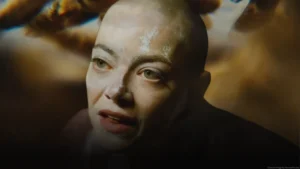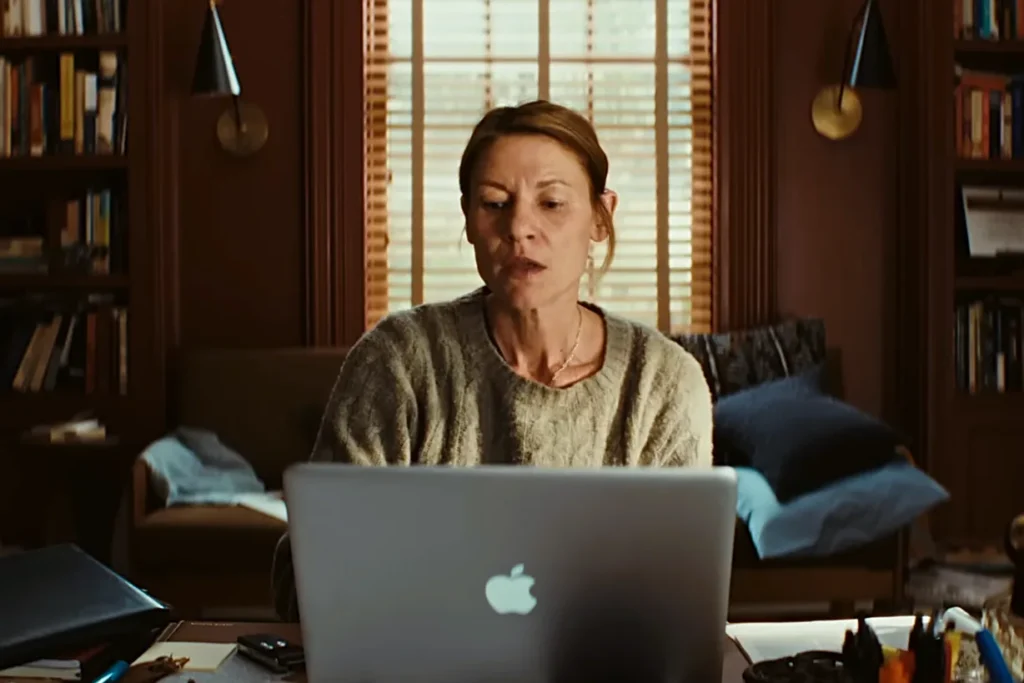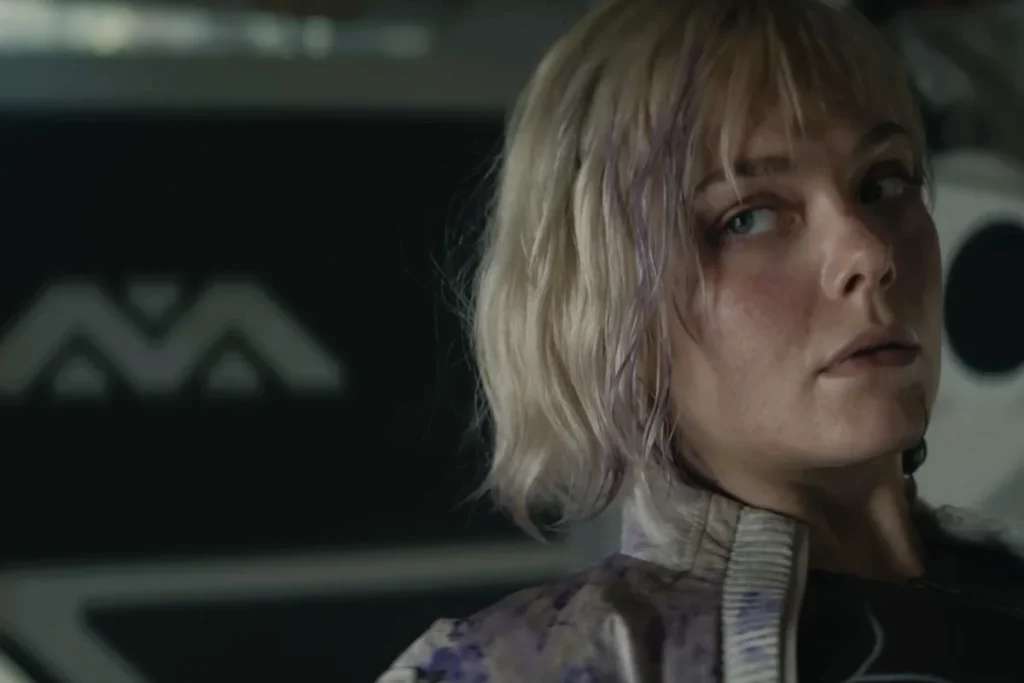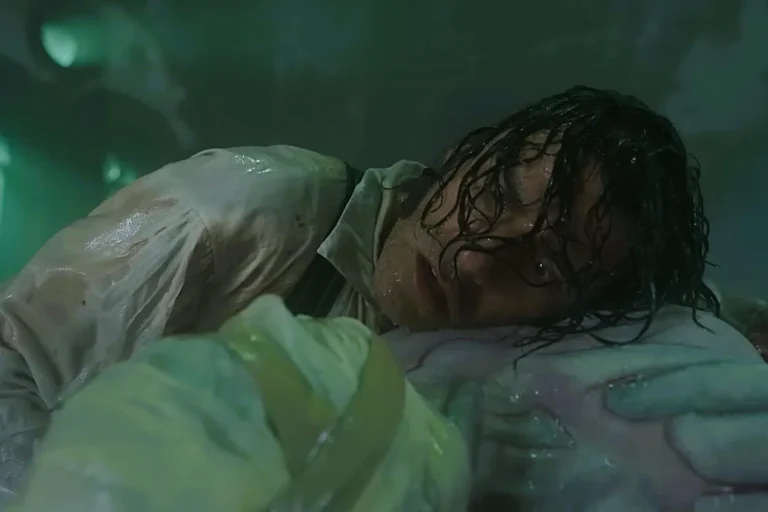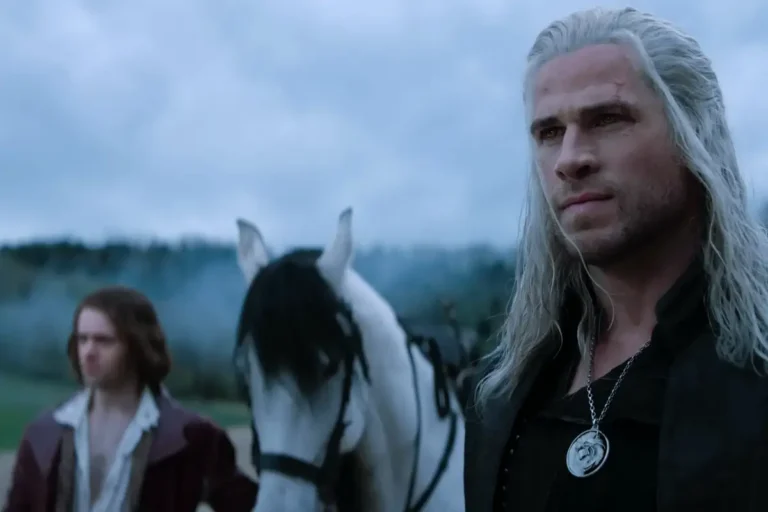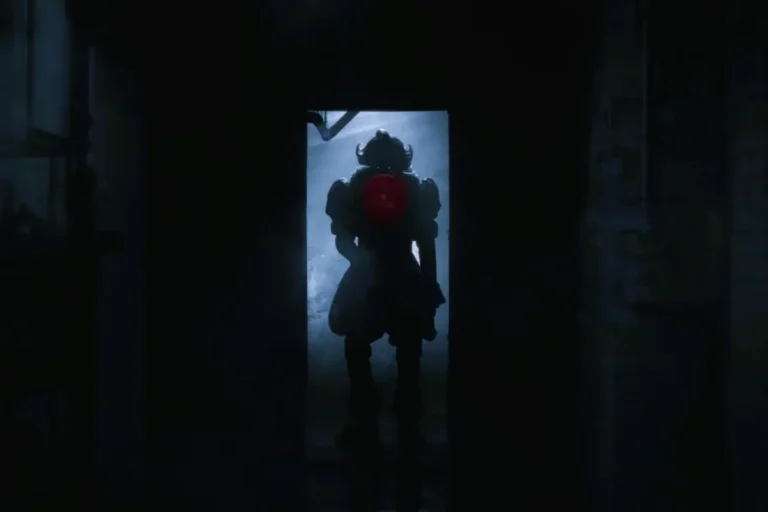Summary
-
Many viewers are upset that Guillermo del Toro ends Frankenstein with a Lord Byron quote instead of honoring Mary Shelley directly.
-
The film’s time shift and Byron reference actually deepen its themes and reflect Shelley’s real-life influences.
-
Del Toro’s finale aligns closely with Mary Shelley’s perspective, making the Byron quote thematically appropriate.
Guillermo del Toro’s Frankenstein has sparked heated debate, especially around its ending. Some viewers argue the film sidelines Mary Shelley by closing with a Lord Byron quote instead of her own words. But the outrage ignores how deeply the movie draws from Shelley’s influences, relationships, and creative environment. When viewed through that lens, the controversial ending begins to make far more sense.
Why Is Frankenstein’s Ending Making Fans Angry?
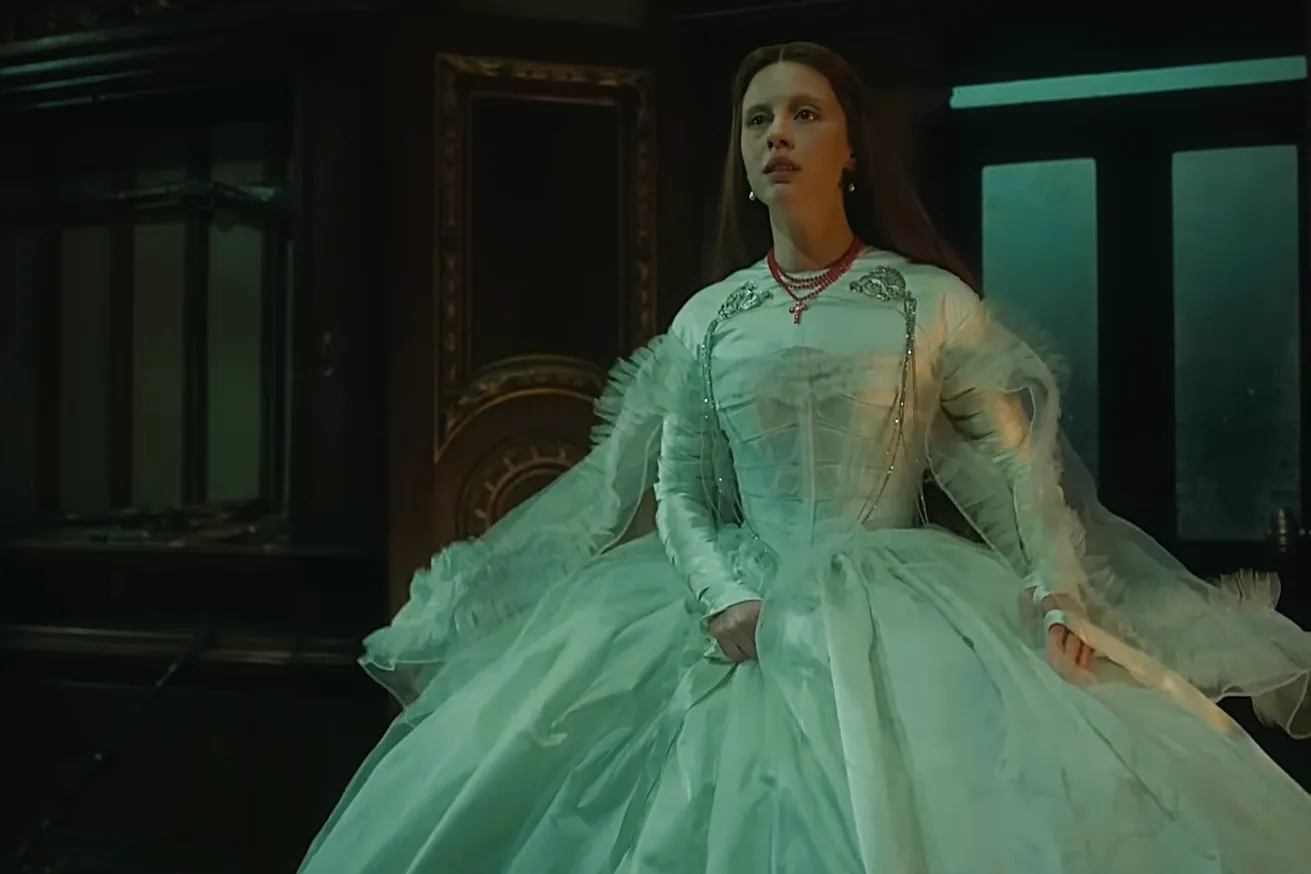
A major point of frustration for some viewers is the quote that appears during the film’s final moments. Instead of ending with Mary Shelley’s words, del Toro closes Frankenstein with a line from Lord Byron: “The heart will break and yet brokenly live on.”
To many, this choice felt like a disservice. Frankenstein is Mary Shelley’s creation, first published in 1818 after she conceived the idea during a friendly horror-story writing challenge with Percy Shelley, Lord Byron, and John Polidori in 1816. Since the film owes its existence to her legacy, critics argued that honoring another writer—especially a man historically known to overshadow others—seemed disrespectful.
The backlash only intensified once fans began creating edits of the movie’s ending, replacing the Byron quote with a line from Shelley to “fix” what they perceived as an oversight. But these corrections miss the deeper context. The choice wasn’t about elevating Byron over Mary Shelley. It was about illuminating the inspiration and emotional undercurrents behind both the novel and del Toro’s adaptation.
READ MORE: Edgar Wright’s The Running Man Gets Global Release Dates and a Bold New Vision
Why Does Frankenstein’s Ending Use a Byron Quote Instead of Shelley’s?
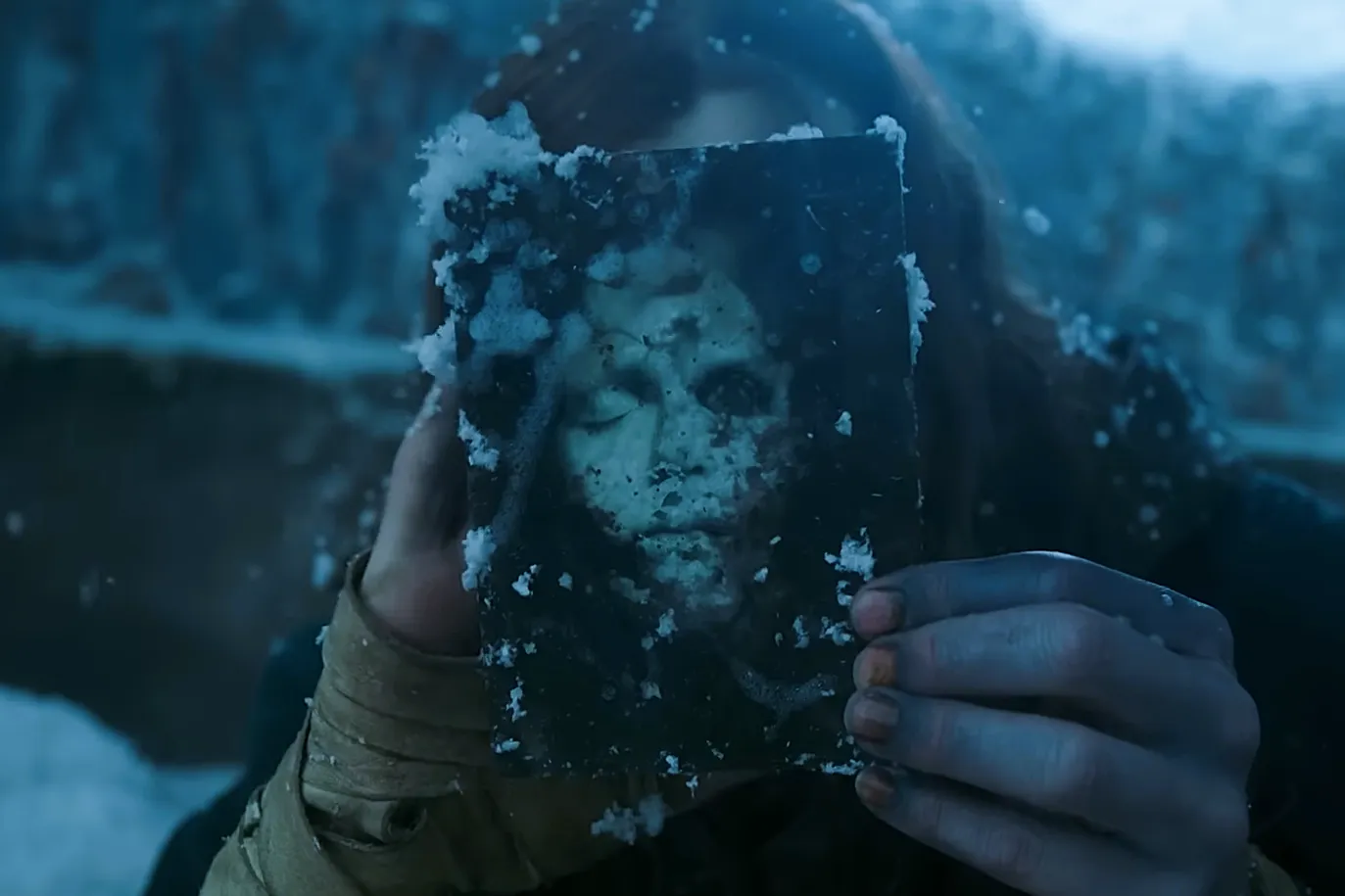
To understand why the Byron quote appears, it helps to look at two key choices Guillermo del Toro makes in the film.
1. The Movie’s Time Shift Matters
Del Toro sets his adaptation in the 1850s—decades after the real Mary Shelley wrote Frankenstein and after Byron, Percy Shelley, and Polidori had all died. This shift creates a story world where Shelley’s Frankenstein already exists. In other words, Victor Frankenstein is operating in a universe where “The Modern Prometheus” sits on bookshelves. It’s an ironic twist: one might expect him to think twice about creating life after reading a cautionary tale about… creating life.
This time shift also allows for one of del Toro’s more playful touches: the Monster (played by Jacob Elordi) teaches himself to read using the collected works of Percy Shelley. Including Mary Shelley’s own writing there might have been too self-referential, so del Toro chose Percy—keeping the moment meaningful without breaking the story’s internal logic.
2. Byron’s Influence Is Woven Into Frankenstein’s DNA
Mary Shelley didn’t write Frankenstein in isolation. Her creative circle included some of the most dramatic, volatile, and striking personalities of her era—none more notorious than Lord Byron.
Byron’s writing, especially his landmark poem Childe Harold’s Pilgrimage, helped shape the “Byronic hero” archetype: self-absorbed, melancholy, irresistible, and deeply troubled. These traits run through the characters in Frankenstein, particularly Victor Frankenstein himself.
Byronic figures are:
-
Charismatic but emotionally detached
-
Brilliant but reckless
-
Self-pitying yet grandiose
-
Sensitive in theory, but inconsiderate in practice
Del Toro leans into this connection. His Victor Frankenstein, played by Oscar Isaac, mirrors Byron’s flaws: vain, driven by ambition, and disconnected from meaningful human emotion. Even the Monster, despite being physically imposing and played with brooding charm by Jacob Elordi, displays flashes of Byronic melancholy.
In this context, the chosen quote isn’t random. It directly aligns with the emotional core of both Victor and the Monster. Each is broken, damaged, and forced to keep going despite their grief and isolation. That’s the exact sentiment Byron expresses.
3. The Ending Is Told From Mary Shelley’s Viewpoint
Another overlooked detail: del Toro structures his film as if Mary Shelley herself is the unseen narrator.
By highlighting Byron rather than Shelley, del Toro isn’t diminishing her. He’s pointing the audience toward her thought process. Mary Shelley lived, wrote, and debated among the era’s most influential—and often most exhausting—poets. She read their work, challenged their ideas, and occasionally mocked their pretensions through fiction.
Using Byron’s line is a way of placing the viewer inside her world. It’s an invitation to see Frankenstein the way she might have seen it: as a response to, and sometimes a critique of, the people around her.
The quote doesn’t overshadow Mary. It highlights the environment that shaped her masterpiece.
READ MORE: How Now You See Me Now You Don’t Connects to the First Two Movies
What Is the Meaning of the Byron Quote in Frankenstein’s Ending?

The line from Childe Harold’s Pilgrimage—“The heart will break and yet brokenly live on”—captures the emotional state of both main characters at the end of the film.
Why It Fits the Monster
Del Toro’s Monster is:
-
Curious
-
Sensitive
-
Brutal when threatened
-
Deeply aware of his own loneliness
He embodies the contradiction of Byron’s hero: tragic yet powerful, gentle yet capable of violence. The quote reflects his burden—he feels deeply but must navigate a world that doesn’t understand or accept him.
Why It Fits Victor Frankenstein
Victor is equally broken. Del Toro presents him as a man shaped by trauma and moral blindness. He pursues scientific achievement as a way to escape grief rather than confront it. The result is disaster, not only for himself but for the creature he brings to life.
Byron’s line mirrors Victor’s emotional decay. He pushes forward with his work, yet every step is powered by unresolved pain.
And Why It Fits the Film’s Intent
Del Toro’s goal wasn’t to reframe Frankenstein through Byron’s perspective—quite the opposite. By choosing Byron, he set the stage for viewers to see Mary Shelley’s world the way she experienced it: surrounded by brilliance, ego, beauty, and tragedy. The line becomes a bridge to understanding how such a groundbreaking novel was born.
When seen through these lenses, the Byron quote isn’t a diversion. It’s a reinforcement of Shelley’s themes—and a nod to the literary world that shaped her.
Frankenstein premiered on Netflix in November 2025
Stay updated with the Latest News and Stories, follow us on our social media platforms.
You can follow us on:
Nerdveda is Popculturexp on X
Stay Connected!! Join our Whatsapp Channel


